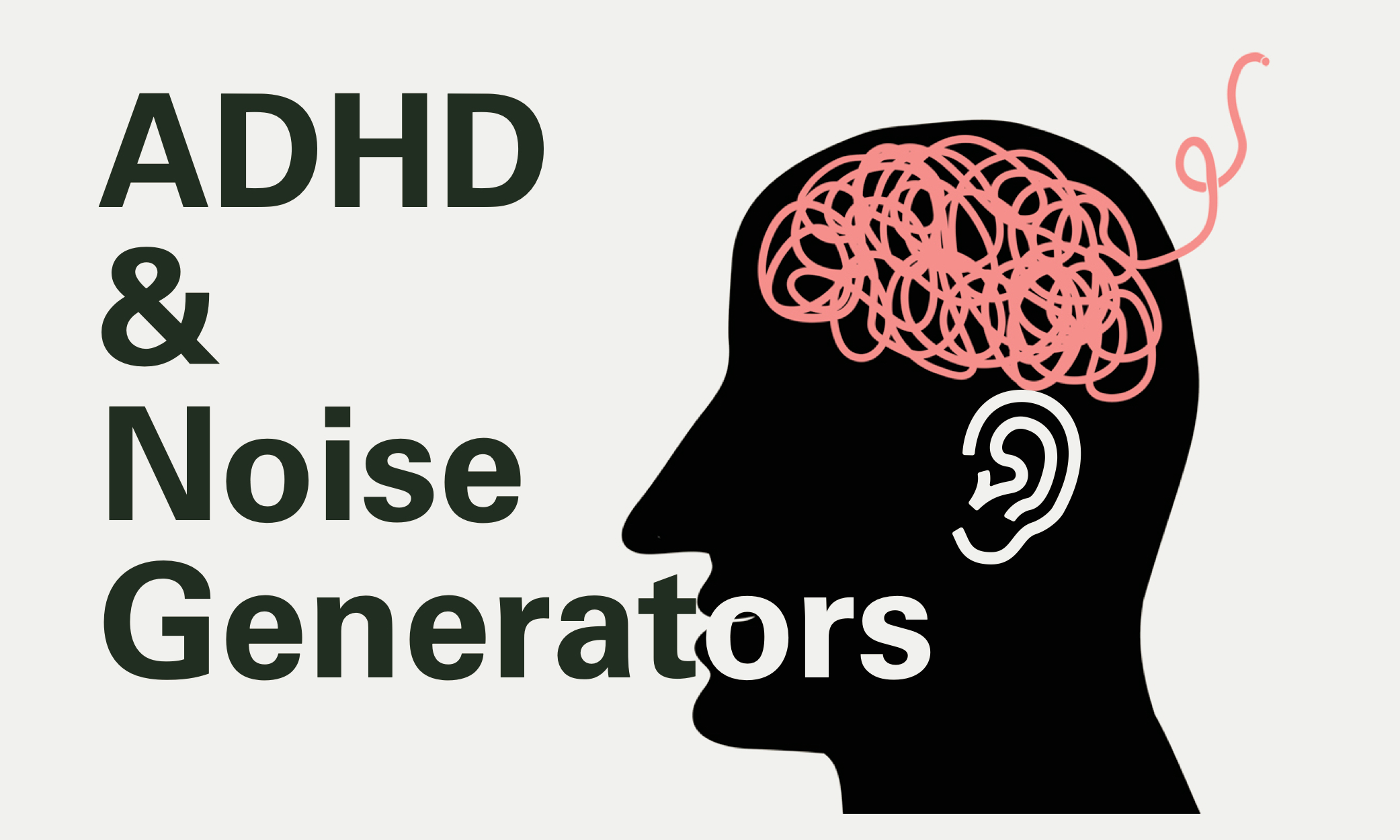FF 3.3 | E & A String Power Chords
3 E & A String Power Chords (2 Days)
Objectives
Introduce power chords on the A string | how to switch roots strings using fret limits | Assess an example with string switching.
Procedure
Note Identification Drill: Engage students in a rapid note-finding exercise on the low E string, turning it into a game to see who can find notes the fastest.
A String Power Chords: Introduce power chords on the A string, ensuring students understand it's the same shape as the E string power chords. Stress the importance of not letting the low E string ring out when playing A string power chords.
Right-Hand Target Practice: Without picks, have students practice striking just the two relevant strings (E and A, or A and D) for their power chords, emphasizing accuracy and sound quality.
Application Practice: Play the progressions from the Play tab together. Display the lead sheet from the Power Chord Songs chart in the Read tab. Have students determine which string chords will be played on by giving a fret limit for the example. ie: you can only use the 6th fret or below for this song. Give them time to practice the lines and play the lines together as a class with the backing track.
Assessment Practice: Assign students to practice the All Minor line from THIS NOTEFLIGHT SCORE (located in the leadsheet library under other-songs with only major and minor chords) specific line from the power chord chart for individual or small group practice, leading to a performance where you assess pitch accuracy, rhythmic timing, and technique.
Assessment: Assess the performance of the All Minor line.
Post Assessment Work: When students are finished, they can work on figuring out the “answers” to the Power Chord Mystery songs in the read tab.
Opening and Closing Activity Ideas
Opening: Display a root note of a chord on the board as students enter. Instruct them to find and play this note on the low E string, reinforcing skills from the previous lesson. Optionally, escalate the challenge by posting a chord progression for them to find on the low E string, culminating in a group play-along once everyone is ready.
Closing: Conclude with a reflection activity where students consider the difference between practice-ready and performance-ready states, encouraging them to record their thoughts and progress in a practice journal.
Assessment
Assessment will focus on three areas: pitch accuracy, rhythmic accuracy (including steady beat), and technique (ensuring chords ring out clearly without unwanted string noise). Observations during the performance and individual practice sessions will inform these assessments. Celebrate successes openly to foster a positive learning environment and encourage peer support. During assessment, instruct students to not restart the example if they make a mistake. Have them continue reading the line from where they left off. Remind students to look at the music while playing and to not play from memory.
Differentiation
Remediation: Tell students who are having trouble what the root strings are for the chords in an example, this will take the guess work out of their process. You can also differentiate the rhythm in which the students play in the example.
Level 1: Play on the change and move to the next chord for the duration of the current chord
Level 2: Hold the chord for the duration of the harmonic rhythm
Level 3: Play on all of the beats
Level 4: Play on all of the subdivisions
Enrichment: Assess students on level 3 or 4 of the differentiation ladder. Assign them a power chord mystery song to figure out and/or give them a specified song from the transcription library.
Notes
Students will try to memorize the short examples and look at their hands while playing. Remind them to look at the music and practice tracking their eye movement with the beat of the song. If they make a mistake while playing, instruct students to continue from where they left off instead of starting from the beginning- simulating a live performance. Foster a classroom environment that celebrates every step of learning, from the initial struggles to the breakthrough moments of mastery. Encourage students to view mistakes as learning opportunities, promoting a growth mindset.





